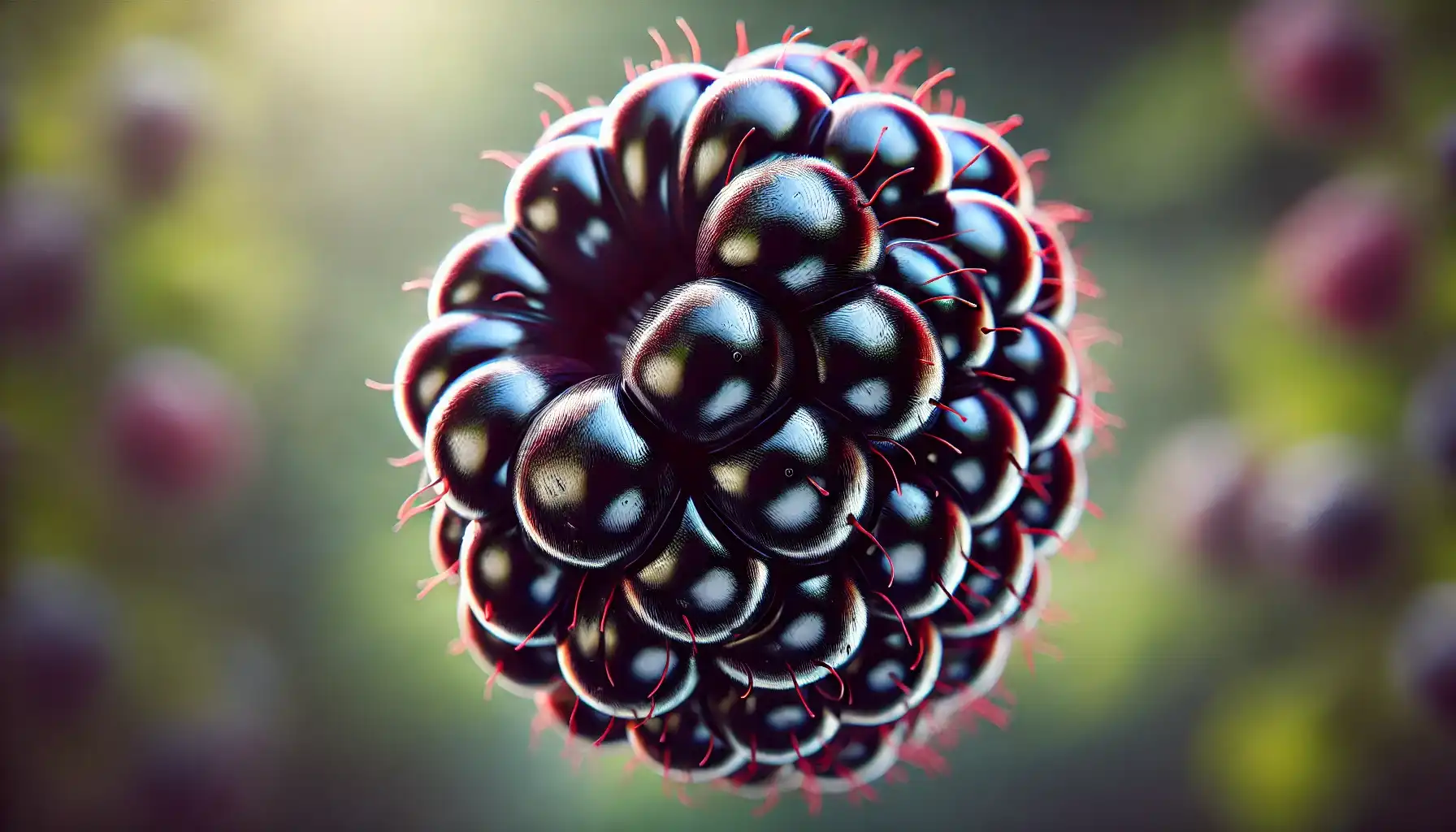Barely could people imagine their lives without plants that grant delicious yet multifarious fruits of all flavors and forms. When it comes to coconuts, most would think of these drupes as exotic treats of sweet profile rather than conventional sources of nutrition. However, these are usually a bit more complex and peculiar than short-term joy.
The coconut's nutritional value and lusciousness are undeniable. But what about the science that lies behind the fruits? What color are coconuts? How do coconuts' tropical origins and distinctive characteristics contribute to their exotic appeal? Let us see.
What is a Coconut Fruit?
Let us start with the basics. The coconut trees are probably the most prominent representatives of the palm tree family, known for their peculiar growth arrangement and delicious fruits, too.
As for the fruits, coconuts refer to the fibrous drupes or stone fruits, characterized by the hard, fibrous outer shell, which encases a white, fleshy meat and a central cavity filled with coconut water. Coconuts are highly valued and extremely frequently used in culinary art, medicine, beauty, medicine, and much more.
Diverse Coconut Varieties
When envisioning a coconut fruit, what can you see? As such, coconut fruits include independent varieties that boast their own growth habits and trees of origin. Although scientists may provide various ways of coconut categorization, it is worth mentioning only two of them, the most reliable yet accurate ones.
Tall vs. Dwarf Coconuts
Not particularly a coconut typology rather than a tree distribution, all the coconut varieties may fall into two major groups, i.e., the tall and the dwarf ones. While tall coconuts can grow up to 98 feet (30 meters) and have a longer lifespan with fruit production every 6 to 10 years, the dwarfs cannot exceed the height of 33-49 feet (10-15 meters), live longer than 40-50 years, but bear coconuts every 3 to 5 years.
Wild vs. Domesticated Coconuts
Being not a type, but a formal form of a fruit, these coconut varieties show how domesticated the plants may be. A wild coconut, for example, is a long, triangular-shaped fruit that has less endosperm and a thicker husk.
The domesticated versions, in turn, once having been selectively bred and cultivated, look like classical, round-shaped fruits with more coconut water and endosperm. The latter, though, is ideal for culinary purposes, such as coconut oil, milk, and dried coconut meat.
The Use of Coconut Fruits
It is hard to imagine a coconut fruit being strategically chosen due to its functional properties only. The most widespread coconut utilizations covers culinary uses. Coconut water, for example, has a refreshing taste and hydrating properties, while being rich in electrolytes. What color is coconut water, by the way? As usual, the first seconds of water exposure should demonstrate a clear substance, though there might be deviations, like pink coconut water that has experienced oxidation.
Additionally, there exist coconut milk and cream, which are produced by grating the coconut meat and mixing it with water. Besides, the use of the fibrous musk facilitates the production of ropes, mates, and other stuff I would personally wear myself. A great substitute for traditional milk rebels and eco-activists, too.
Where Do Coconuts Come From?
Obvious from the previous sections, coconuts are uniquely adapted palm trees that are believed to have originated in the coastal regions of Southeast Asia. As for the environmental conditions, these tropical plants can thrive in warm, humid climates with sandy soils only.
Nevertheless, so as to identify precisely what type of coconut it may be, digital platforms are to provide access to their databases, which is a perfect solution in the end. What about plant-specific apps that can easily detect where this or that species comes from? Surely, tools like AI Plant Finder represent a great corner of the industry that offers free yet quick garden assistance and proper support.
Among the most prominent features, one may notice plant identification by photo, which is particularly useful for coconut detection and plant exploration, too. Once you take a picture of a plant right in the app, you will be redirected to the proper plant card with all the necessary details included, e.g., habitat, plant care tips, growing requirements, toxicity, and edibility, too.
Besides, some of the features, such as care reminders, a water calculator, an AI Botanist, and an illuminance meter, can be employed on-site, when prompt aid is vital. Keep track of your garden, manage it properly, and control any procedure needed for the plants to thrive in the AI Plant Finder app. This is how gardening can become pleasant for all.
What color is a coconut? This is a rare question that does not remain hidden from beginner botanists and casual observers alike. There exist dozens of coconut species with unique features and origins, each appearing in peculiar colors and forms. Coconuts are amusing, and engaging in swift yet profound plant exploration can significantly broaden your understanding of the botanical world for good.






